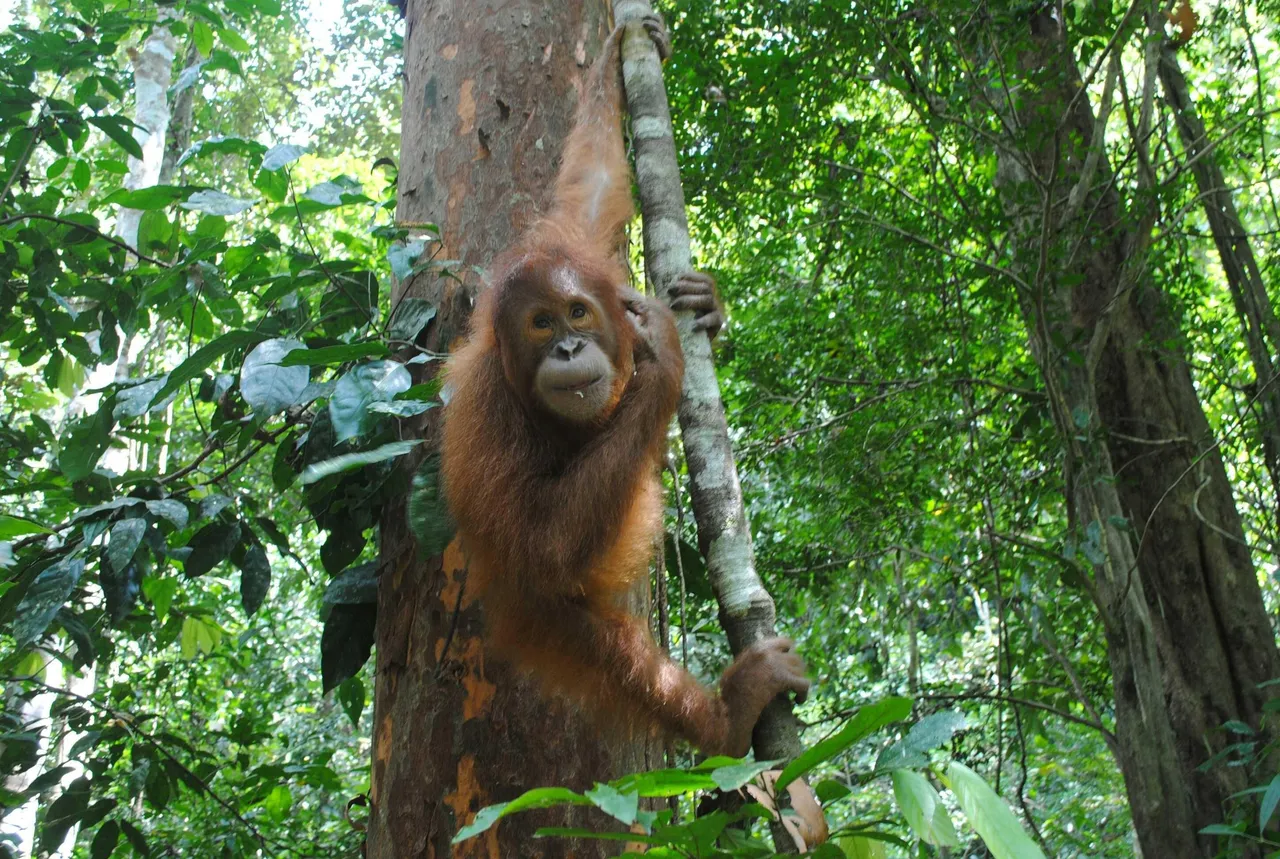ORANGUTAN

Orangutans are the only members of a great ape family found in Asia. All other great ape family members are in Africa; chimpanzees (Pan troglodytes), gorillas (Gorilla gorillas and Gorilla beringei), and bonobos (Pan paniscus). There are three species of orangutans, orangutans of Bornean orangutans (Pongo pygmaeus) scattered throughout Kalimantan Island in Indonesia (Kalimantan) and Malaysia (Sabah and Sarawak, Sumatran orangutans (Pongo abelii) located on the island of Sumatra and the Tapanuli orangutan (Pongo tapanuliensis) Tapanuli South.Species has been geographically separated for at least 8,000 years when sea level increases isolate two islands Based on scientific research investigating genetics, morphology, ecology, behavior and curriculum, Sumatran orangutans and Bornean orangutans show significant differences (Delgado & van Schaik, 2000 Groves, 2001; Zhang et al., 2001) Overall physical characteristics
The Bornean orangutan (Pongo pygmaeus) has a larger body size, and has short, dark brown or reddish hair, the Sumatran orangutan (Pongo abelii) has a smaller body size, with lighter orange hair, the Orangutan Tapanuli (Pongo tapanuliensis) body and hair colors that resemble the Sumatran orangutans, but they have dull hair, smaller heads, and a flat face: In both species, male orangutans are much larger than females, typically two to three times heavier: male orangutans develop large cheek pads ( flanges) that develop post sexual maturity, male Tapanuli and female bearded Orangutan, whereas only the Bornean orangutan has a beard.